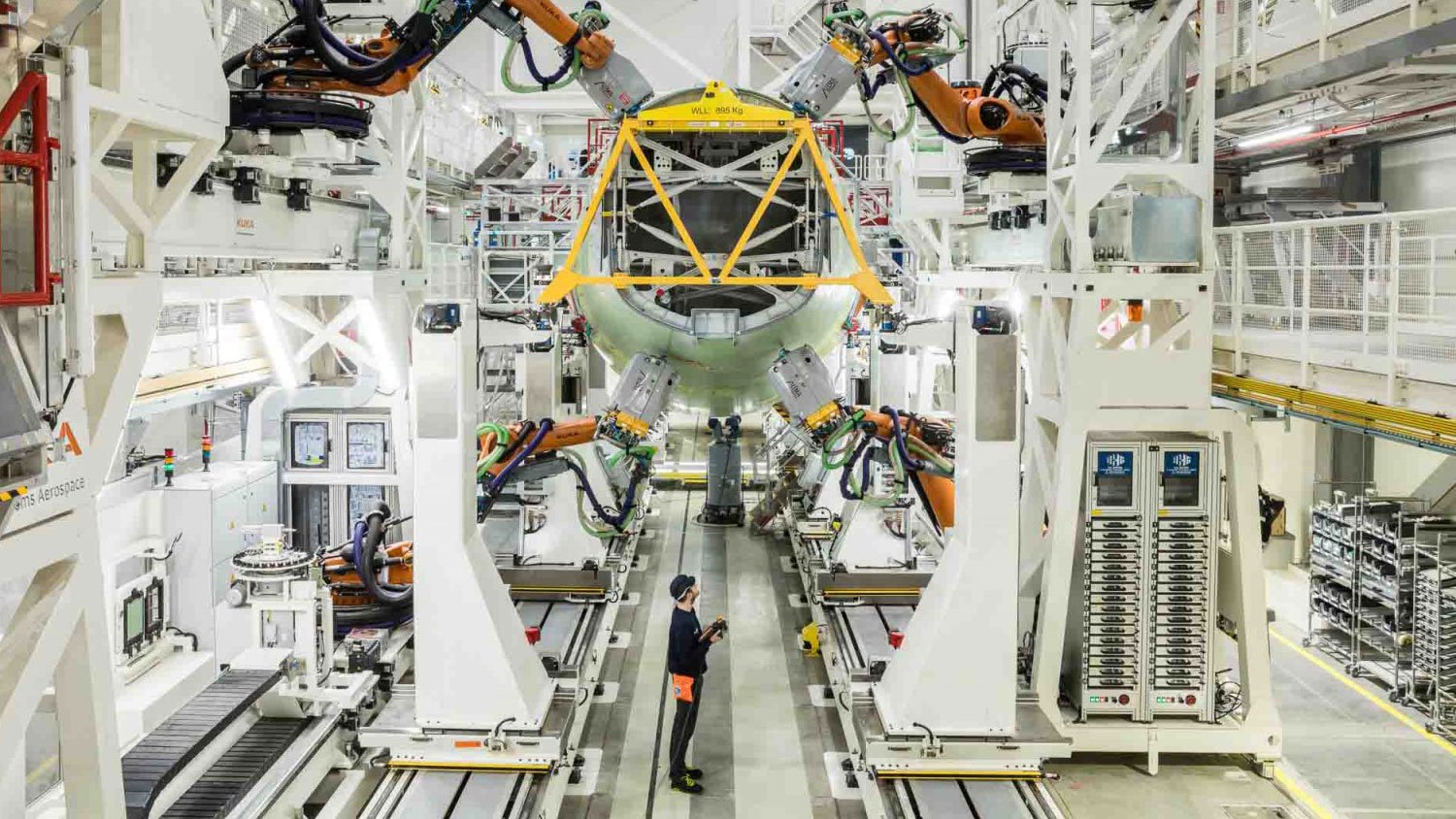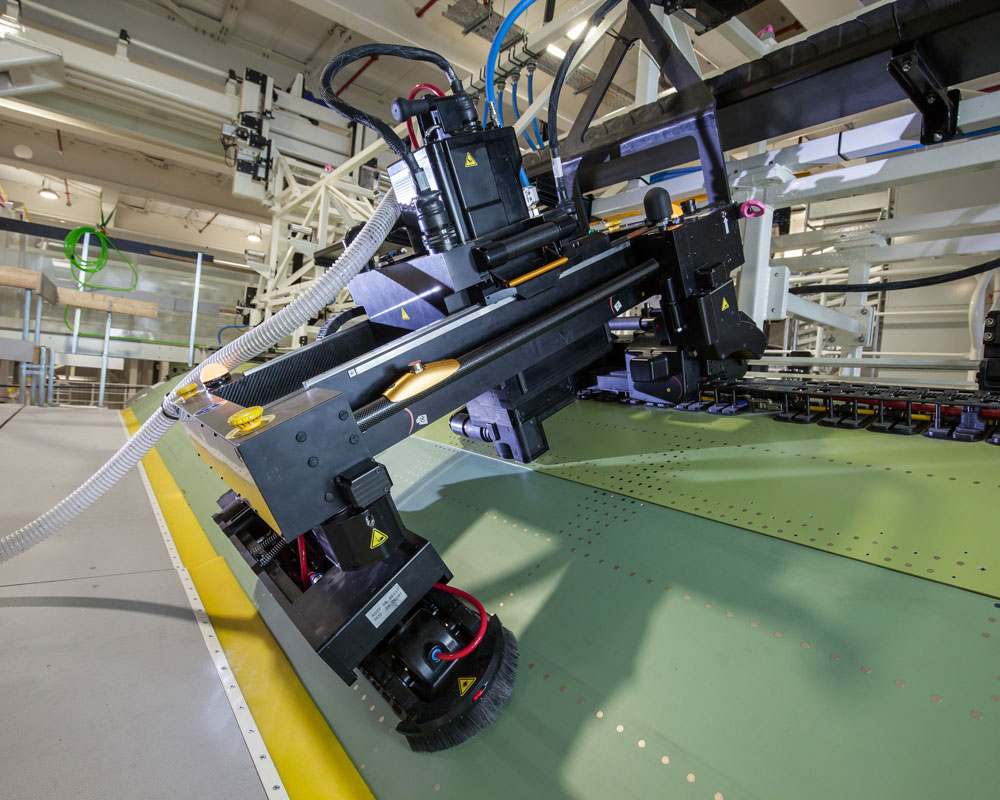Huge potential of Autonomous Supply Chain Management

Automation has been a buzzword within the industry for well over a decade now. However, it was only in the latter half of the last decade that we began to see interest turn into initiative on a much broader scale.
We have covered the topic of automation from many angles over the years. We've looked at the question of whether automation will make the human workforce obsolete in Inside the warehouse of tomorrow: Are robots the new warehouse workers?
We've covered Lufthansa Technik's use of automation in its digital warehouse in the article Investigating Lufthansa Technik's leading aviation digitisation strategy.
During the pre-2020 ‘boom-years’, you couldn't avoid the topic of automation in nearly every trade publication or trade show.
And while many of those digital initiatives have recently been put on hold, automation seems tailor-made to solve the current challenges the industry is facing.
So let's look at how.

ASCM explained: reduces labour and inventory costs
Aviation requires efficient supply chain management systems to ensure parts and materials are delivered in a timely fashion to keep operations running smoothly.
Autonomous supply chain management (ASCM), a form of AI that uses machine-learning algorithms to automate and optimise the supply chain process, has the potential to revolutionise all industrial supply chains.
It’s used to manage the entire supply chain, from order placement to delivery, and can improve accuracy and increase efficiency whilst helping to reduce costs.
ASCM not only helps to reduce labour costs, but also inventory costs by accurately predicting demand and ensuring that the right parts and materials are available when needed.
Supply chain management in the aviation industry:
Hard to argue with this long list of benefits
ASCM lends itself to a number of additional benefits:
- Improves accuracy, reduces human error, and ensures orders are placed and delivered on time. This ensures parts and materials are available when needed, thus reducing delays
- Increases efficiency: not only does it reduce the time it takes to manage the process, it reduces the time it takes to place and receive orders
- Improves customer service as companies are able to provide customers with more accurate and timely information about orders and shipments
- Improves safety by reducing the risk of human error and ensures all safety protocols are followed
Investing in the wrong part of the pie
Certainly, the potential of ASCM is huge heading into the future.
According to recent industry analysis, it represents $300 billion in annual savings once optimised, and the aviation supply chain would be one of the biggest beneficiaries.
However, the overall focus will need to change to fully realise the potential savings. At present, the lion’s share of investment in AI is earmarked for logistics network and warehouse optimisation, but the analysis suggests this only represents 35 percent of the value potential.
Predictive analytics (such as demand forecasting and predictive maintenance), which represents 60 percent of the value potential (sourcing and procurement accounts for the remaining 5 percent), is a much better return on investment, but only 10 percent are prioritising it, even though 50 percent of companies are investing in AI in some form or another.
An astounding 60-80 percent of all AI projects are falling short of their goals as a result.